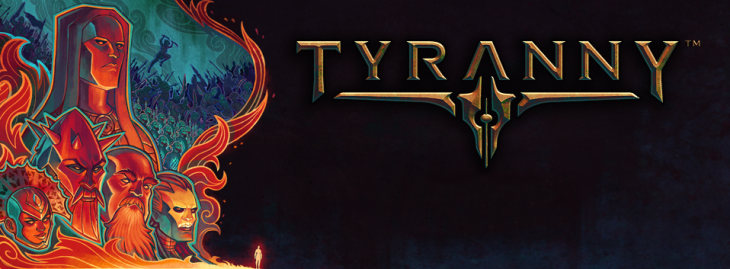
Tyranny
Obsidian Entertainment/Paradox Interactive
I’ve been a long-time pen and paper geek ever since I could remember. I was one of those scrawny geeks who wore trench coats during entire summers, and had the skin complexion of a ghost. I’d resisted the temptation of playing computer-based RPGs for quite a while, as I felt that there was nothing like playing with other real life humans, as opposed to AI.
Eventually, after hearing a fellow Dungeons and Dragons geek-friend ramble on incessantly about some computer-based D&D games, I caved in and tried them out. These games were crudely-articulated attempts offered up by Strategic Simulations Inc’s Gold Box RPGs, such as Hillsfar and Pool of Radiance. I say “crudely” through a retrospective lens, since at the time they were pretty cutting edge.
From there I graduated to playing the various Black Iles Studios games such as Icewind Dale and the iconic Baldur’s Gate series. By then the digital realm’s graphics had vastly improved, and games offered more with regards to choice. How an RPG game unfolded become more dependent upon the decisions you made while playing a game’s main campaign. This offered more in the way of immersion as well as player involvement, since you had to carefully contemplate each and every action before you took them.
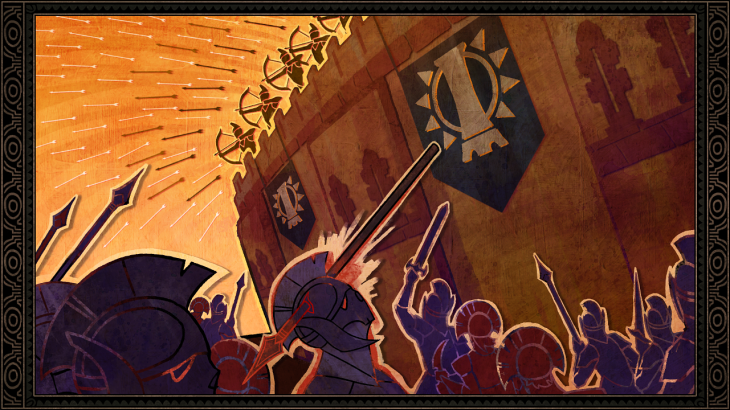
Fast forward to the modern era, and gamers are now treated to all sorts of decision-based games, where every choice that you make has some obvious (as well as not so obvious) consequences for your character (or party in the case of co-op game modes) down the line. Some games certainly utilize this feature more than others.
One such gaming development company that seems to embrace this feature is Obsidian Entertainment. Not surprisingly, when Obsidian was initially formed, it included a couple of the same developers who had worked for the now defunct Black Isle Studios (notice the similarity of the company titles?). Therefore, it should be as no surprise that this decision-based gaming theme can be observed throughout Obsidian’s various titles, including within their various Star Wars projects, as well as games such as Fallout: New Vegas.
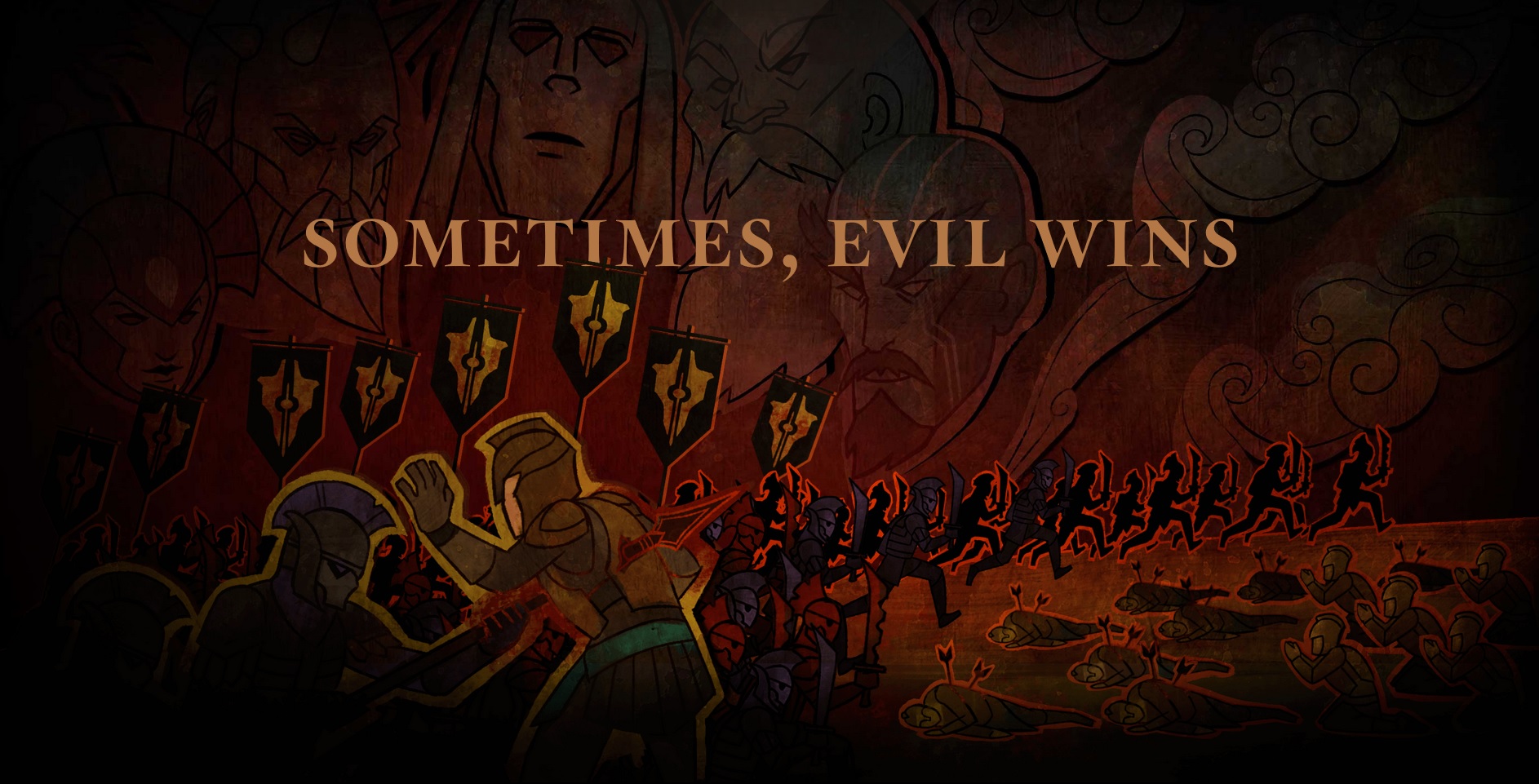
After going through a dire financial crisis, Obsidian took a risk and began a Kickstarter campaign for a new RPG project in 2015. That project was Pillars of Eternity, and needless to say, it was a massive success. Their “backs-to-the-wall” gamble had paid off, and afforded the seasoned team the financial freedom to pursue other projects that had previously been on the backburners. One of those newer endeavors has now been dropped on the gaming masses, and its name is Tyranny.
Unlike the much more traditional high fantast backdrop of games like Pillars of Eternity, where players are encouraged to play the usual “hero saving the world from evil,” Tyranny goes in the opposite direction. In Tyranny, evil has conquered the entire world. Tyranny also eschews the sprawling, grand adventure route, and is tighter and more focused in both its storytelling and the game’s various environs.
In Tyranny, the iron-fisted overlord known as Kyros, and his elite guard, the Arkons, have subjugated the lands and its peoples, and you play as one of their right hand men. The last bastion of resistance, a southern land known as the Tiers (that’s got to be a pun) held out for as long as it could, before falling to Kyros’ armies. The Overlord’s two main military factions, however, don’t quite see eye-to-eye.
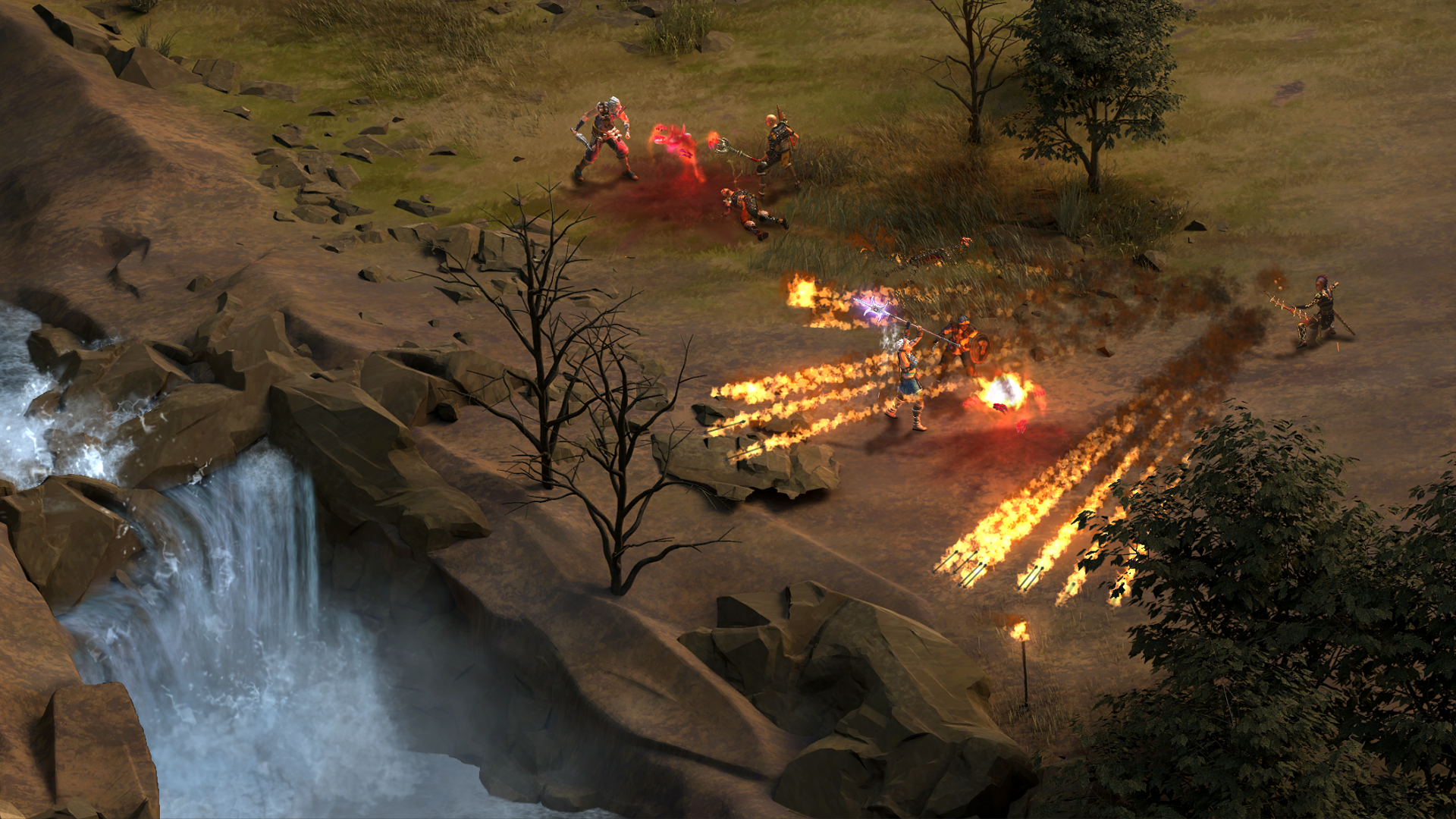
Those two factions, the Disfavored and the Scarlet Chorus, are very distinctive as well. The Disfavored, led by the Arkon of War, Graven Ashe, are purportedly the more honorable of the two, although they will spare no mercy and grant no quarter to their defeated enemies. On the other hand, the Scarlet Chorus has the Voices of Nerat as its leader (who happens to be the Arkon of Secrets), who rules his band of bloodthirsty bandits with a much freer hand. The Scarlet Chorus is indeed a murderous lot, but unlike the Disfavored, they will give defeated foes the opportunity to join their more numerous ranks.
The player steps into the boots of a Fatebinder, who though Tunon the Adjudicator (the Arkon of Justice), carries out the various Edicts of Kyros. Kyros’ Edicts are ultra-powerful spells that can have devastating effects on entire regions. These sweeping proclamations can alter the very fabric of reality, so they’re nothing to snort at. This forces the players to contemplate some pretty heavy moral dilemmas. For instance, should you carry out the full power of one of Kyros’ Edicts and completely obliterate a town within the Tiers? Or should you only exercise a partial dose of it just for show, in order to try and not raise too much suspicion from your overbearing leaders, while sparing more innocents?
What I really enjoyed about Tyranny is how it handles its beginning frames. After building a character using the game’s robust character generation system, which features such things as weapons and magic specializations, backgrounds, and the character’s various attributes, you can either start the game after the fall of the Tiers, or you can play through the final battle. Choosing the latter will enable you to customize your character even further, since you will be presented by decisions that shape and mold both your character’s proclivities as well as how the game’s disparate factions view you. We’ve indeed come a long way from those Gold Box games from the days of yore.
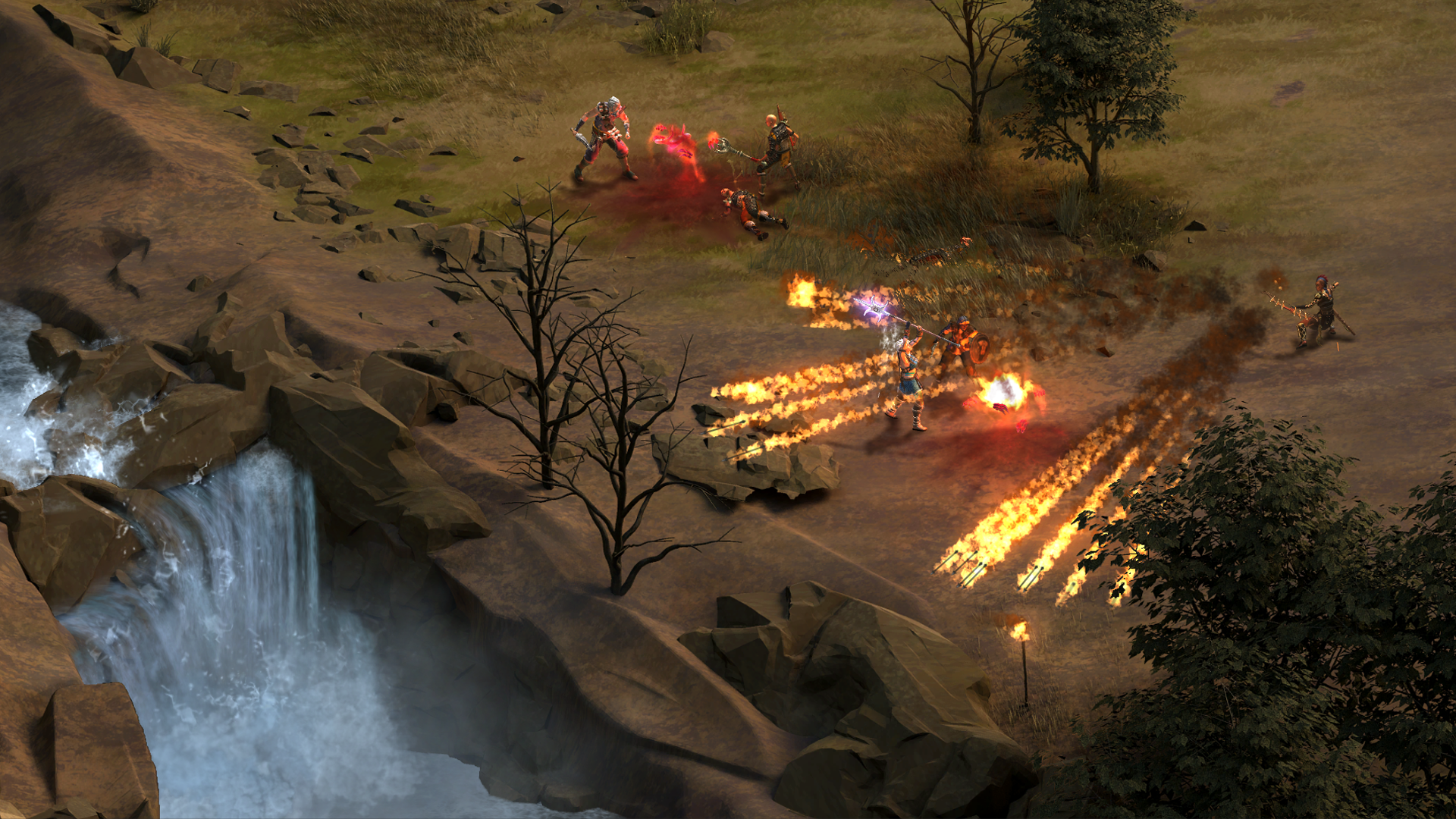
Based on where you travel to within Tyranny’s various environs determines what NPCs your will encounter. Some of these locations contain NPCs that are available to join your party. These AI companions are members of the game’s main factions who have grown disillusioned with their former bosses and are eager to join a smaller band of like-minded rebels. Each of them have full-fledged backstories which really serve to highlight the game’s exceptional writing.
Tyranny’s pausable combat system is very similar to Pillars of Eternity’s, so veterans of that game will be right at home here. It also features the same beautifully pre-rendered backdrops that we’ve all seen in Pillars, and likewise, everything is viewed from an isometric perspective. Tyranny’s graphics are a little more detailed than Pillar’s however, and everything, from its character and enemy models, to the splendid spell and combat effects, looks spectacular.
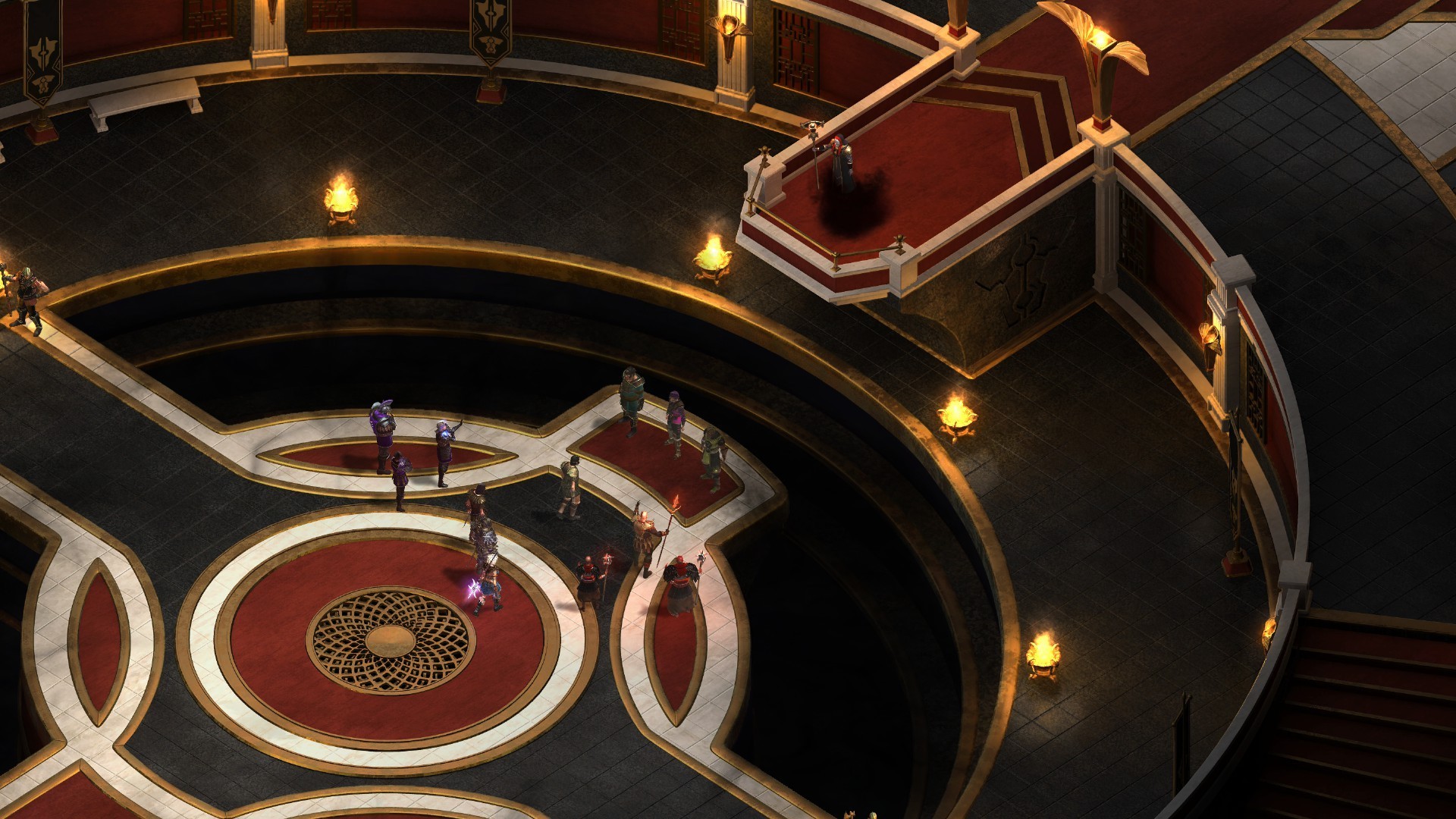
Tyranny doesn’t seek to re-invent the wheel, in terms of gameplay mechanics or visuals. What it does do, however, is flip the script on the usual tried and true fantasy RPG troupes. To me, that’s a welcome change, and combined with its exceptional writing, makes Tyranny stand out as a very different gaming experience. It may not be everyone’s cup of tea, but Tyranny offers an intriguing change of pace from the typical RPG fare, and it is indeed an excellent and enthralling departure from the norm.
SCORE: 84%
Tyranny offers beautiful visuals that suit its fantasy theme. However, you have to have an equally fast gaming PC in order to play it at a decent framerate. So, you may just want to invest in a decent gaming rig:

Visit CyberpowerPC’s website to check out all of the other great deals as well!